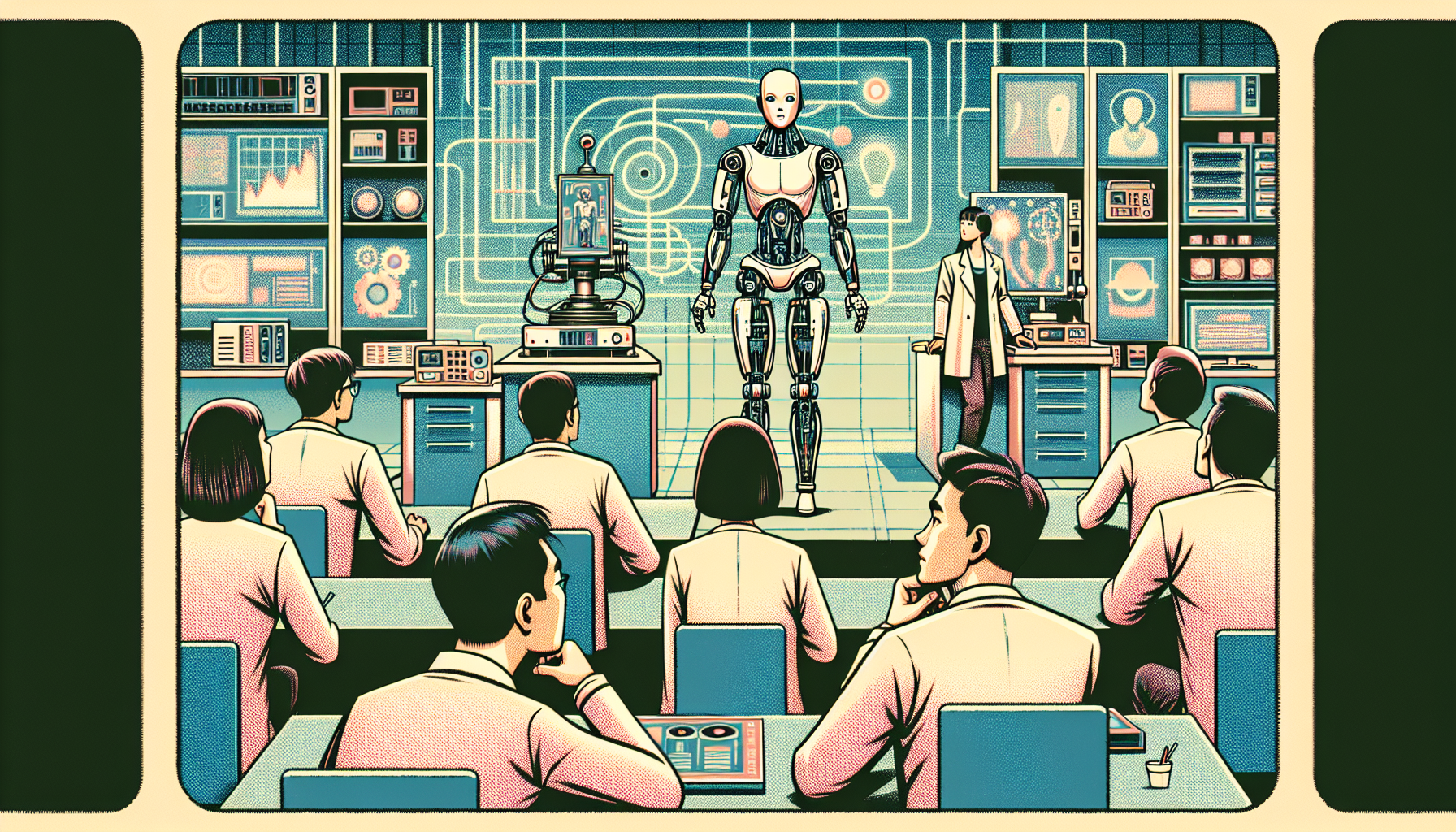In a groundbreaking achievement, engineers at the University of California, San Diego, are teaching humanoid robots to perform expressive movements, including dance. This innovation aims to improve human-robot interactions by making robots more relatable, trustworthy, and effective collaborators in various settings.
### The Methodology
Led by Professor Xiaolong Wang from the UC San Diego Jacobs School of Engineering, the team uses extensive human motion capture data and dance videos to train the robots. They utilize a deep reinforcement learning framework to bridge the gap between complex human movements and the more limited abilities of humanoid robots.
The researchers train the robot’s upper and lower body separately. The upper body learns expressive motions like dancing, waving, high-fiving, and hugging. The lower body focuses on maintaining balance and navigating different terrains with steady steps. This approach, called Expressive Whole-Body Control (ExBody), allows the robot to perform complex upper-body gestures while walking steadily on surfaces such as gravel, dirt, wood chips, and inclined concrete paths.
### Training and Simulation
The training occurs in a simulated environment using large-scale human motion capture data. This data is then applied to a real humanoid robot, the Unitree H1, which successfully replicates these expressive and robust motions. The simulation phase helps refine the robot’s movements before real-world application.
### Current and Future Capabilities
At present, a human operator uses a game controller to dictate the robot’s speed, direction, and specific motions. However, the team envisions future versions with cameras to enable autonomous navigation and task performance.
### Benefits of Expressive Movements
Expressive movements are expected to offer several key benefits:
– **Enhanced Human-Robot Interaction**: Natural and engaging movements can help robots build better rapport with humans, making them more effective in roles requiring close collaboration. This improvement can lead to increased trust and cooperation between humans and robots.
– **Versatile Applications**: The ability to perform expressive movements allows robots to take on a wider range of tasks. These include roles in entertainment, education, healthcare, and customer service. For example, in healthcare settings, robots could offer assistance with empathy and understanding. In customer service, they could provide more engaging and personalized interactions.
– **Improved Adaptability**: Strong control policies developed through this research enable robots to adapt efficiently to different environments and tasks. This adaptability is crucial for safe and effective operation alongside humans in various settings, including factory assembly lines, hospitals, and homes.
### Public Perception and Future Implications
The researchers aim to change how the public perceives robots, seeing them as friendly and collaborative rather than intimidating. By incorporating expressive movements, robots can coexist harmoniously with humans, fostering a positive and trusting relationship between the two.
This study is set to be presented at the 2024 Robotics: Science and Systems Conference in Delft, Netherlands. It marks a significant advancement in robotics, enhancing human-robot collaboration. As robots become more integrated into everyday life, their ability to perform expressive and human-like movements will be crucial for their acceptance and effectiveness in various roles.

Leave a Reply